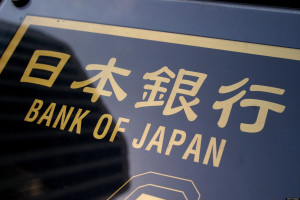This week, much attention will focus on the Open Market Committee of the U.S. Federal Reserve, the most powerful central bank in the world, whose actions have global impact. Yet the most informative, and intriguing, policy decision could take place in Tokyo. And the outcome will not only tell us more about Japan’s daunting challenges, but could also signal more clearly what lies ahead for other central banks that continue to operate within an unbalanced macro-economic policy mix.
It is now widely recognized that, for most of the period since the global financial crisis, an enormous and excessive burden has been placed on central banks. Long used to playing a complimentary, albeit critical role, in policies, and mostly behind the scenes, they have taken such a dominant and visible role that they have become “the only game in town.” In the process, these monetary institutions became increasingly committed to experimental measures, from negative interest rates in Europe and Japan, to outsize involvement in financial markets in many countries as the banks deployed their balance sheets for large-scale asset purchases.
Although the central banks remain willing and able to act, questions about the effectiveness of these policies will continue to increase the longer these institutions have to go it alone. Nowhere is this issue more pressing than in Japan.
Under the leadership of its governor, Haruhiko Kuroda, the Bank of Japan has shown considerable enthusiasm for addressing decades of sluggish growth and deflationary threats. Aggressive balance sheet operations have been accompanied by a surprise plunge of policy rates into negative territory. Yet outcomes have been far from satisfactory.
via Bloomberg
